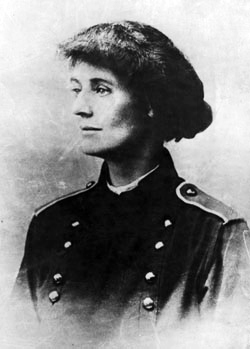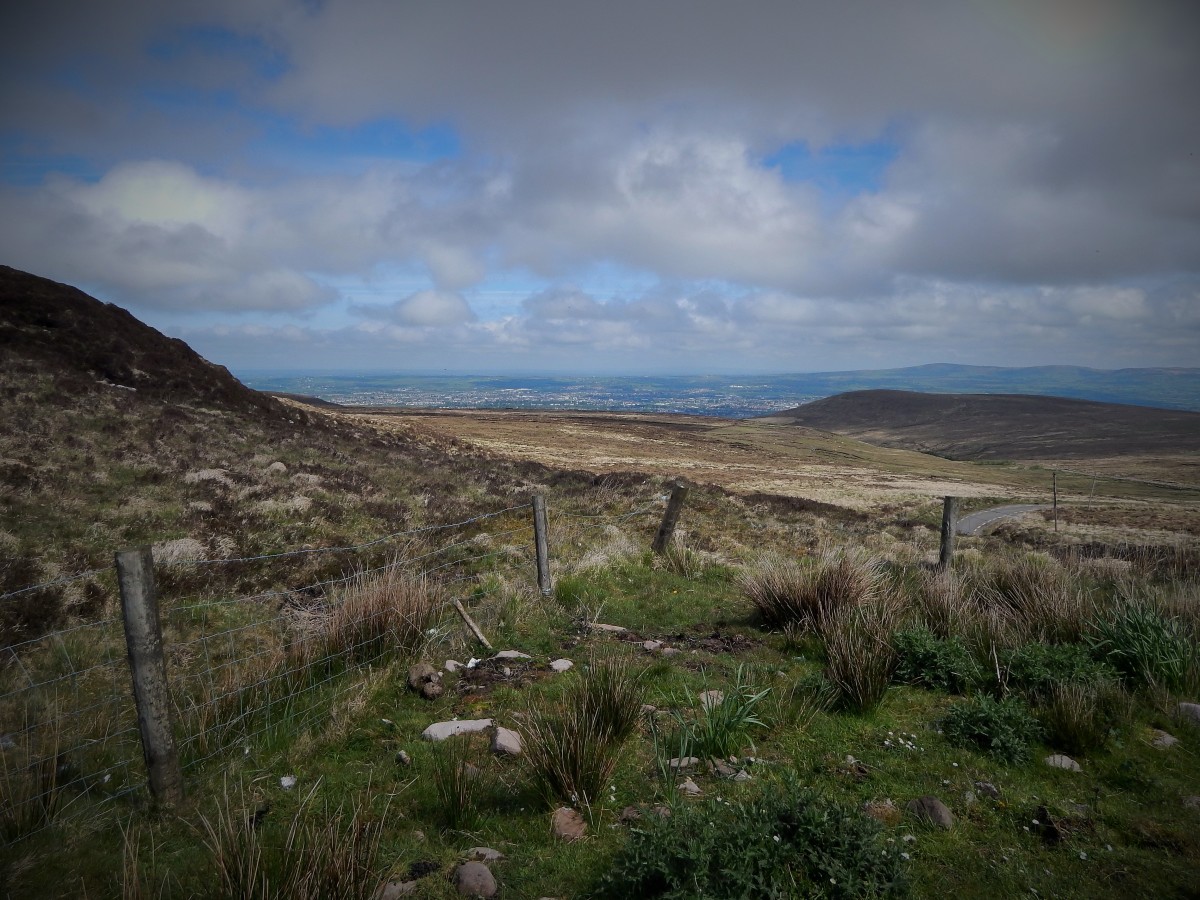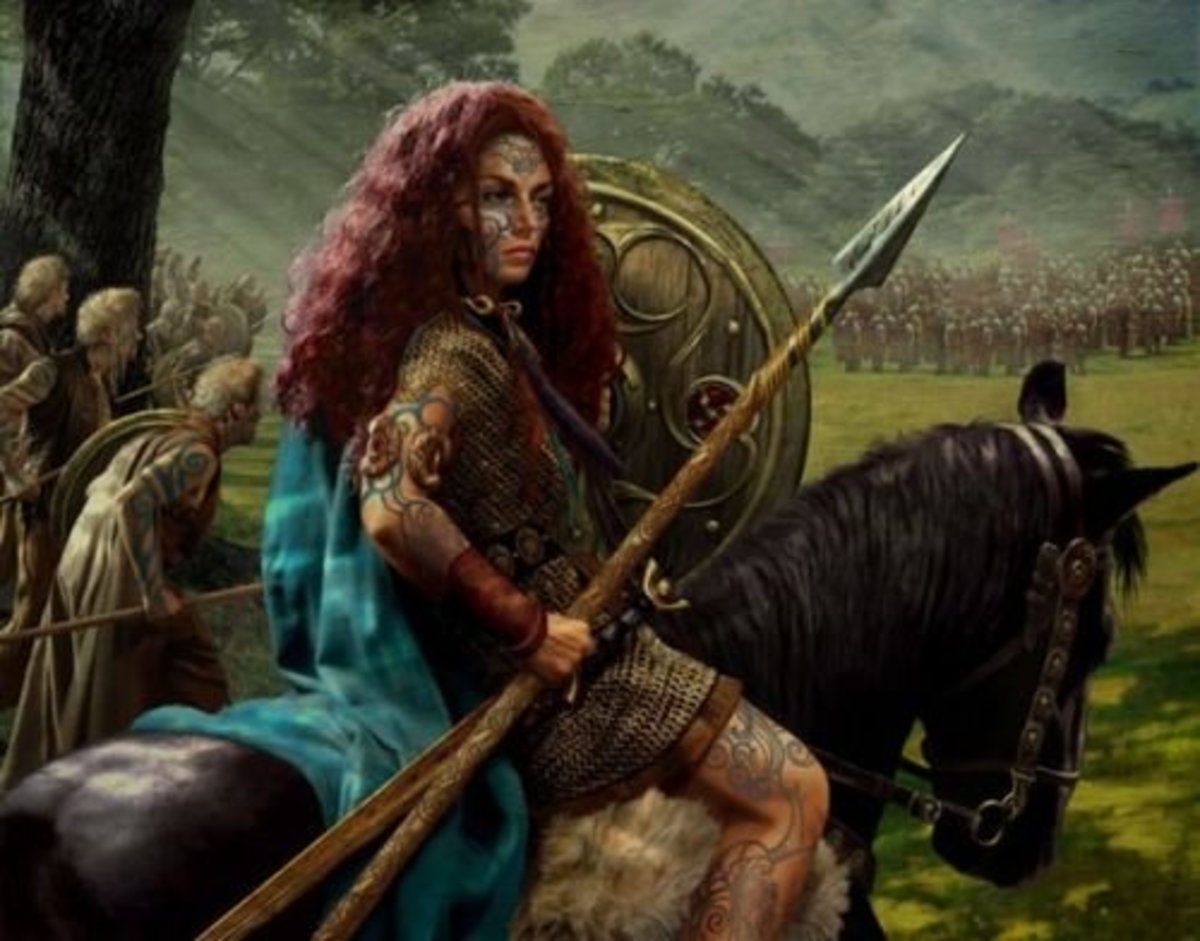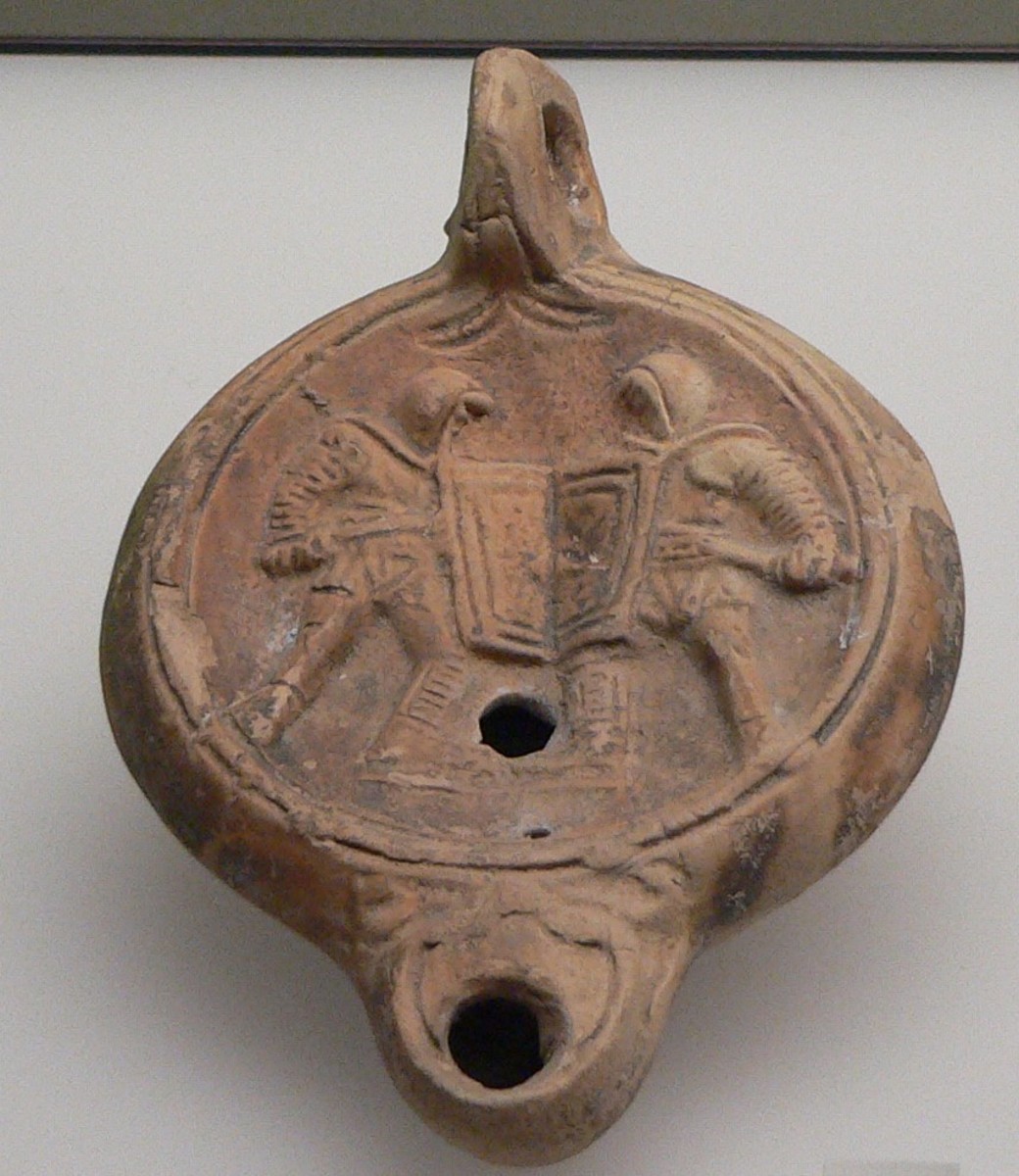- HubPages»
- Education and Science»
- History & Archaeology»
- History of Europe
Ireland Forever: Countess Constance Markievicz
Constance Markievicz
![By Pilgab (Own work (own picture)) [GFDL (http://www.gnu.org/copyleft/fdl.html) or CC-BY-SA-3.0 (http://creativecommons.org/licenses/by-sa/3.0)], via Wikimedia Commons By Pilgab (Own work (own picture)) [GFDL (http://www.gnu.org/copyleft/fdl.html) or CC-BY-SA-3.0 (http://creativecommons.org/licenses/by-sa/3.0)], via Wikimedia Commons](https://usercontent1.hubstatic.com/8818298.jpg)
Freedom Fighter
Lady Constance Gore-Booth was not interested in being a revolutionary for anyone. Born February 4, 1868 in England to the renowned Artic explorer Sir Henry Gore-Booth and growing up in County Sligo, Ireland, Constance and her sister Eva learned to be concerned with the plight of the poor, but while Eva sense of moral responsibility led her to joining the suffragists and becoming involved with unions, Constance only really wanted to become an academic and an artist. Let Eva be the crusader; Constance didn’t want any of that.
After attending the Slade School in London, Constance went to Paris in 1898 to continue studying art. Sometime that year, Constance met Count Casimir Dunn Markievicz of Poland. Following his wife’s death Constance and Markievicz married in 1900, and Constance was made countess. In 1903, they moved to Dublin, Ireland.
Ireland had a thriving artistic culture, and Constance threw herself into it. She helped to create the United Artists Club, drawing in artists, poets and writers from all over the green isle. While Constance’s aim had been merely to bring artists together, she could that a common conversation amongst them all was not so much their craft but their country, which had been held under English rule for centuries. They all wanted one thing: independence.
At first, Constance wasn’t sure what to think. In 1906, she rented a cottage from the poet Padraic Colum, and while there discovered a stack of papers he had left behind. They were pamphlets from political groups such as Sinn Feinn (“We Ourselves”), urging freedom from oppressive English rule and promoting Irish democracy. As Constance read the pamphlets, she finally, truly saw how unfairly the Irish had been treated for so long, and that they had the right to govern themselves independently from any foreign influence.
Overnight, Constance became a revolutionary. Overnight, she became Irish,
In 1908, Constance joined the Sinn Feinn Party and the Daughters of Ireland, a group led by the Republican (an Irish person wanting freedom from England) patriot Maude Gonne. Constance’s involvement with them led her to create the group Na Fianna Eireann, group that taught teenaged girls and boys how to use guns in 1909. In 1911, Constance was jailed for leading a protest against the arrival of English King George V, and then in 1913 was active in the Dublin General Strike, when 20,000 workers went on strike to protest bad working and living conditions and the right to unionize.
In 1916, the United Kingdom found itself in the throes of World War 1, and young Irishmen were being regularly conscripted (forcibly drafted) into the army, forced to fight a war for a country that was denying them their own freedoms (see “An Irish Airman Foresees His Death” by W. B. Yeats, a friend of Constance’s). Many Irish were angry at the conscription and that anger fueled action; while England was too distracted with WW1, 3,000 Irish nationals staged an uprising on Easter Monday, April 24th. A shocked England dispatched 8,000 troops to Dublin, and after six days of violent fighting, was able to defeat the Irish rebels.
During the initial uprising, the Irish captured several buildings, and in the College of Surgeons Constance commanded one hundred and twenty revolutionaries, fighting beside them as the British closed in. They fought for days until they were presented with a copy of a letter of surrender written by their leader, Patrick Pearse. Constance emerged from the battered college, clad in the green uniform of the Irish Army. She kissed her gun before surrendering it.
Constance was one of seventy women arrested that day, but she was the only one held in solitary confinement and the only one sentenced to death as one of the leaders from the uprising. From her cell in Kilmainhan prison she could hear the English constructing the gallows, and she listened as fifteen as her friends were hung. Before Constance’s turn came, the court commuted her sentence from death to life imprisonment. Why the change? They were afraid that hanging a woman would further anger the Irish. Upon hearing that, many reported that Constance snarled at the officer reporting the change, “I do wish you lot had the decency to just shoot me!”
In 1917 Constance was transferred to Aylesbury Prison, but wasn’t there long when England granted amnesty to everyone involved with the Easter Uprising. Constance was released … only to be arrested again in 1918 for her anti-conscription activities. While Constance was in prison she was entered as a Sinn Feinn candidate in the Dublin constituency and won with 65% of the vote, making her the first female representative ever in Parliament’s history. However, Constance declined the honor and, when asked why, she replied that would mean that she would have to swear allegiance to the British crown—and she couldn’t do that. Instead, in 1919 Constance became Minister of Labour in the outlawed Irish government called the Dail Eireann (Irish Republic), becoming the first woman to ever hold that position.
That same year on January 21, the Dail Eireann declared independence from England, and the Irish Republican Army (IRA) began a series of attacks on British army barracks, capturing weaponry. The violence escalated on both sides until, On November 21, 1920 British soldiers opened fire at a soccer match and killed fourteen people and wounded sixty-five more. Over the course of the year, County Cork had been destroyed and a thousand people had been killed. The Irish War for Independence (also called the Anglo-Irish War) became so destructive and devastating that Ireland and Britain finally decided to call a truce. It was agreed that the people of Ireland would vote on whether to be British citizens or independent Irish, and then both countries would abide by the results. Overwhelmingly, most of Ireland voted to become independent, but the six wealthiest states in the north voted to remain British. Therefore, Northern Ireland is part of the United Kingdom, but the rest of Ireland is independent.
Constance was outraged at the treaty, calling the Six Counties traitors. Many of the Irish agreed with her, and they continued to back the increasingly militant Sinn Feinn and the IRA, who became more like terrorists than soldiers. Constance resigned her position in 1922 in protest over the treaty, but she continued to rail against the Anglo-Irish treaty, soon winding up in jail again at the age of fifty-six. There she staged a hunger strike with ninety-two other incarcerated women before being released a month later.
In 1927, Constance switched parties, joining the Fianna Fail party, a conservative group that had split from Sinn Feinn, and was reelected to Dail Eireann. Unfortunately, Constance died on July 15, 1927, five weeks before she could take her seat, sickened with what may have been tuberculosis. She is buried at the Glasnevin Cemetery in Dublin, and a quarter of a million people lined up for her funeral. Her famous pistol is on display at the Dublin National Museum.
Constance Markievicz works referenced:
The Complete Idiot’s Guide to Irish History, Sonja Massie 1999
The Usborne Book of Famous Women, Phillippa Wingate 1997
Warrior Women, Robin Cross & Rosalind Miles 2011
Women Warriors, David E. Jones, 2000
Constance Markievicz http://en.wikipedia.org/wiki/Constance_Markievicz#Marriage_and_early_politics
Constance Markievicz http://www.spartacus.schoolnet.co.uk/Wmarkiewicz.htm
Constance Markevicz






